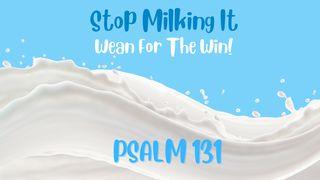Exodus: A House for GodSample

Fellowship with God
By John Madge
“Make a table of acacia wood—two cubits long, a cubit wide and a cubit and a half high. Overlay it with pure gold and make a gold molding around it. Also make around it a rim a handbreadth wide and put a gold molding on the rim. Make four gold rings for the table and fasten them to the four corners, where the four legs are. The rings are to be close to the rim to hold the poles used in carrying the table. Make the poles of acacia wood, overlay them with gold and carry the table with them. And make its plates and dishes of pure gold, as well as its pitchers and bowls for the pouring out of offerings. Put the bread of the Presence on this table to be before me at all times.”—Exodus 25:23–30 (NIV)
Let’s begin unpacking today’s Scripture by asking ourselves a couple of questions.
1. What associations do we make with a table? Here’s a non-exhaustive list of what might come to mind:
·Plates & Silverware
·Food
·Family & Friends
·Table Cloths & Centerpieces
2. What purpose does a table typically serve?
·A table serves as a meeting space.
·A table brings people together, whether over food, games, discussions or meetings, etc.
Next, let’s consider the bread mentioned in the last sentence. Here’s a biblical description of “The Bread of the Presence”: “Take the finest flour and bake twelve loaves of bread, using two-tenths of an ephah for each loaf. Arrange them in two stacks, six in each stack, on the table of pure gold before the Lord. By each stack, put some pure incense as a memorial portion to represent the bread and to be a food offering presented to the Lord. This bread is to be set out before the Lord regularly, Sabbath after Sabbath, on behalf of the Israelites, as a lasting covenant. It belongs to Aaron and his sons, who are to eat it in the sanctuary area, because it is a most holy part of their perpetual share of the food offerings presented to the Lord” Leviticus 24:5–9 (NIV, emphasis added).
Notice the words “lasting covenant” are used when discussing the purpose of the bread being set upon the table continually. This was a covenant between God and Israel that was sealed by blood. In Exodus 24:8 (NIV), Moses then took the blood, sprinkled it on the people and said, “This is the blood of the covenant that the LORD has made with you in accordance with all these words."
We have a table continually set before the Lord with bread representing the 12 tribes of Israel and the lasting covenant between God and His people, which the priests mediate. Does any of this sound familiar?
In Luke 22:19–20, Jesus references a “new covenant” during the last supper with His 12 disciples. Jesus (God) is eating bread with His 12 disciples (representative of the 12 tribes of Israel) and is making a new covenant with them that His blood will seal. Check out Hebrews 7:11–28 for a thorough description of Jesus as our eternal high priest making intercession on our behalf before God the Father.
We’ve been invited into everlasting fellowship with God through the new covenant of Jesus’ atoning death on the cross and His resurrection from the dead. His body (the bread) which was broken, and His blood (the wine) which was shed, are the communion elements that symbolize this new covenant. We partake of these elements and do so in remembrance of Jesus.
Pause: Think about the incredible invitation we have received into everlasting fellowship with God through Jesus Christ.
Practice: Take communion and consider the incredible promise we have in Jesus. He is our daily bread (provision), our high priest (righteousness and intercession), and God with us (fellowship and salvation)!
Pray: Lord Jesus, You are my high priest seated at the right hand of God the Father in heaven. I thank You for inviting me into everlasting fellowship with God. Help me to see that while Your promise is unto all believers, it’s also personal unto me. Amen.
Scripture
About this Plan

In part five of this seven-part study through the Book of Exodus, we'll explore Exodus 24–31.
More
Related plans
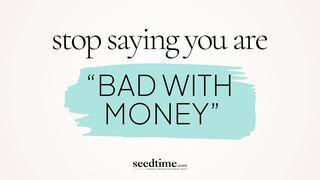
Stop Saying You Are “Bad With Money”
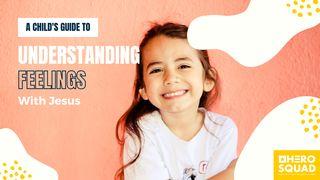
A Child's Guide To: Understanding Feelings With Jesus

Acts - Until Everyone Knows
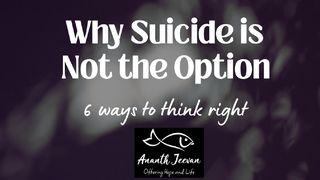
Why Suicide Is Not the Option

Desperate Woman Seeks Friends by Kristen Strong

You Are Called: Discover Your God-Given Gifts to Fulfill Your Purpose
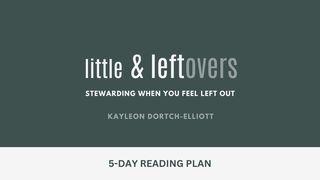
Little & Leftovers: Stewarding When You Feel Left Out
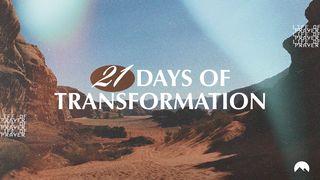
21 Days of Transformation
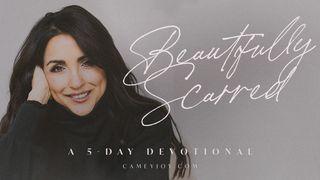
Beautifully Scarred
